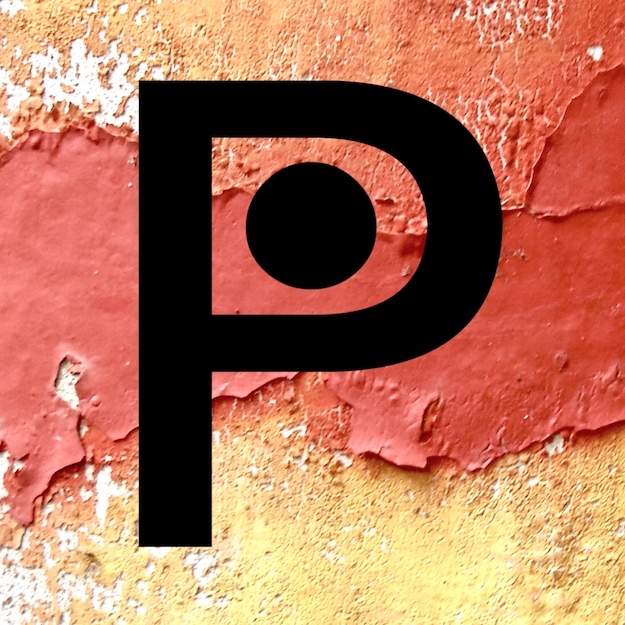Guidebook
who are you?
I'm a professional visual artist, sound artist and writer. I live and work near Richmond, North Yorkshire, UK.
I held my first solo art show - one of the first ever interactive web-based art projects - in 1997, supported by a generous sponsorship from Vodafone plc.
Since then I’ve shown and soundtracked at numerous venues across the UK including Blackheath Gallery (London), Urbis (Manchester), Morningside Gallery (Edinburgh), The Biscuit Factory (Newcastle), Brewery Arts Centre (Kendal), Leeds Art Show, Glasgow Art Fair and many more. I have also participated in North Yorkshire Open Studio and Swaledale Festival events. My paintings and limited editions are in private and corporate collections worldwide.
How about a bit of background?
And the music?
Some years back I started making soundtracks for installations - lengthy, beat-free drones and loops released under various now-abandoned identities including Visitor and 99-09.
The mind-numbing drones gradually got shorter and more energetic. They’ve ended up as audio equivalents of my paintings - built from simple elements, often extensively layered and weathered, with hints of surreal humour and melancholy.
So… How do you get that strange enamel-like effect in your paintings?
It’s a technique I’ve developed and refined over the years. It involves building up lots of paint layers - literally dozens of them - on heavy, rough watercolour paper.
I mainly use watercolour and acrylic paints, but there are usually other media in play too, including touches of pencil, oil colour and Indian ink.
The layering, combined with the textured surface of the paper, creates interesting broken colour effects, and creates colour and tonal relationships that shift subtly according to the play of the light.
How long does it take you to complete a picture?
That’s a question everyone asks, and I still don't know the answer.
There's a long sequence of processes involved, and paintings need to dry out thoroughly between each process, so I work on several pictures simultaneously - otherwise I would never get anything done.
So it’s hard to say.
What are the ‘oil transfer drawings’ in your Editions gallery?
Oil transfer drawing – the way I do it, anyhow – is a technique that involves drawing an image onto watercolour paper using a kind of handmade, monochrome carbon paper.
I hand-tint the resulting drawing with watercolours and acrylics.
The fact that each individual oil transfer drawing is made by hand, along with the inherent unpredictability of the technique, means that each version of the image is noticeably different.
Do you sell giclée prints of your images?
No. In my opinion giclée prints - or any prints described along the lines of ‘printed on archival quality paper using industry standard lightfast inks’ or ‘fine art prints on canvas’ - are a huge con.
Basically they’re just computer-printed posters. The fact that they have been cynically signed and numbered by the artist doesn’t make them handmade. And it doesn’t make them any more durable.
Back in the early days of giclée printing I experimented briefly with the medium. I quickly decided it simply didn’t cut the artistic mustard.
All of my work for sale is genuinely handmade, using materials and pigments that have stood the test of time. My paintings are never-to-be-repeated one-offs, and all of my prints are individually crafted, each one detectably different from the next.
Can I buy directly from you?
Yes, in theory.
Unless a picture is currently with a gallery, in which case I can put you in touch with them.
If you're interested in anything, please contact me for more information.
Pictures marked 'private collection' have already sold. Pictures marked 'reserved' have been put aside for an upcoming show, or are on my list of personal favourites that I'm currently unwilling to sell. However pictures sometimes get pushed off my favourites list by newer work, and listings for shows can change, so a 'reserved' may eventually come up for sale. Get in touch if you would like first refusal.
For details of paintings in the Homepage slideshow , please click here. For details of all the other paintings scattered across this picnic site (apart from my self-portrait) please click here.
Can I visit your studio?
I often take part in 'open studio' events - join the mailing list to get advance warning.
You can also pop in to visit at other times, by prior arrangement.
It’s a good excuse for a trip to the gorgeous Yorkshire Dales!
Do you have any advice about looking after your work?
My paintings, with their deep, lustrous colours, look especially vibrant when carefully lit. Small directional lights are ideal.
The pigments I use are all extremely light-fast. Despite the very high inherent stability of the work, it is best to avoid exposing it to lengthy periods of direct sunlight or hanging it directly over a heat source. This probably wouldn’t damage the picture itself, but might warp or damage the frame.
If it is ever necessary to remount the work, please consider taking advice from myself or a professional framer or conservator. Use reversible mounting techniques and acid-free ’museum' or 'conservation' grade materials.
Do you have a favourite picture?
Usually it's the one I'm working on at the time.
Mind you, I'm not keen on parting with any of them. And there are some pictures I absolutely refuse to let go of.
I don't paint to sell, I sell to carry on painting.
why ‘Picnic at Pompeii’?
Why not?
(Other than that you might get volcanic ash in your sandwiches.)





